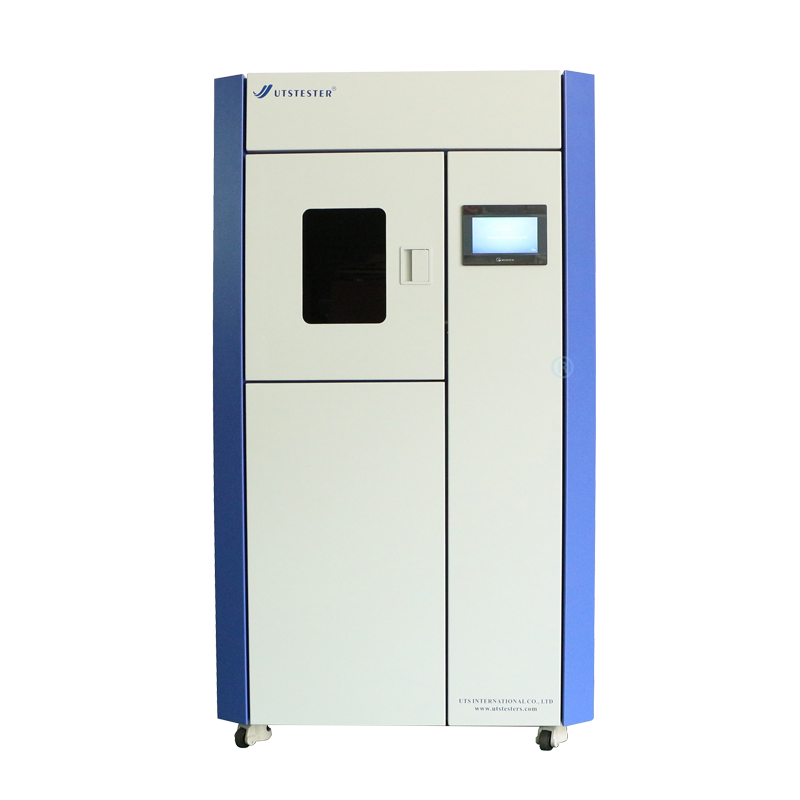 +86 152 6060 5085
+86 152 6060 5085
 +86 152 6060 5085
+86 152 6060 5085
Blog
Catalog
Sunlight color fastness is a measure of the sunlight resistance of dyes and materials. The test method can be either sunlight exposure or a solar aging machine. The degree of fading of the sample after exposure is compared with the standard color sample. There are two grading standards: wool blue label and gray card. For this purpose, you can determine whether it meets the standard requirements and what areas can be improved. In addition, factors affecting the color fastness of textiles to sunlight and improvement methods are described below.
Factors affecting the color fastness of textiles to sunlight: 1. The influence of the structure of dyes and coatings. The photofading mechanism of dyes is very complex, but the main reason is that the dyes are stimulated after absorbing photons, and a series of photochemical reactions occur to destroy the structure, leading to discoloration and fading. The light fastness of textiles mainly depends on the chemical structure of the dye, as well as its aggregation state, combination state and mixed color matching. Therefore, the rational selection of dyes is very important. 2. The influence of dyeing depth and floating color. The light fastness of dyed fabrics is related to the dyeing depth. The greater the dyeing depth, the larger the dye aggregate particles on the fabric. The smaller the proportion of dye per unit weight exposed to the air, the higher the light fastness. For light-colored fabrics, the proportion of dye aggregates on the fiber is smaller. Sunlight fastness also tends to decrease accordingly. The light fastness grades in factories that cannot meet the requirements are generally medium and light colors. Some light brown fabrics, after the light fastness test, almost completely lose the red light and the color change is obvious. Whether the selection of the dyeing process is appropriate and whether the washing and soaping after dyeing are thorough will affect the amount of unfixed dyes and hydrolyzed dyes, that is, floating colors, present on the fabric. The light fastness of floating colors is significantly lower than that of fixed reactive dyes. Therefore, improper post-dyeing treatment will also affect the light fastness of fabrics.3. The influence of color-fixing agents and softeners. The use of color-fixing agents greatly improves the rubbing fastness, washing fastness and staining fastness of reactive dyes. Generally, the washing fastness of fabrics treated with cationic low-molecular or polyamine fixing agents is at level 4 to 5, but the light fastness of fabrics fixed by such fixing agents decreases. Using cationic softeners to soften cotton fabrics will reduce the light fastness of reactive dyes, mainly because the softeners will turn yellow after being exposed to the sun, causing the fabric's color and light to also change.
Methods to improve the light fastness of textiles: 1. Selection of dyes or coatings In terms of improving the light fastness, the selection of dyes or coatings is the key. For single colors, try to choose dyes with higher light fastness. For colored fabrics that require color matching, the light fastness levels of each component dye should be equivalent. The poor light fastness of one component will affect the light fastness of the entire mixed color. For dyes with relatively small content in the mixed color components, dyes with high light fastness levels can be selected to ensure the overall color fastness of the fabric to the light level.
2. Improvement of Soaping Process During the dyeing process, a reasonable dyeing process should be formulated, fully soaped and washed, and the amount of hydrolyzed dyes and floating colors should be reduced as much as possible to improve the sun fastness of the fabric; at the same time, it should also improve the resistance to water washing, water sweat stains, Color fastness to rubbing and other factors. 3. Selection of color-fixing agents and softeners. Most color-fixing agents are quaternary ammonium salts, sulfonium salts or phosphorus salts. Such fixatives and dyes produce lakes on the fiber. Although the washing fastness is very good, it often reduces the original light fastness of the dye. Therefore, when the requirements for light fastness are high, try to avoid using this type of color fixing agent. While some cationic softeners and amino-modified silicone softeners bring a plump feel to fabrics, they can also cause disadvantages such as yellowing, discoloration of dyes, and inhibition of fluorescent whitening agents. 4. Ultraviolet absorbers and sun fasteners Strength enhancer If the processing conditions of colored fabrics have been fixed, such as dyeing, color fixation, softening and finishing and other steps have been completed, to improve the light fastness of colored fabrics under these conditions, you can choose light fastness enhancers or ultraviolet absorbers. This type of additive can directly absorb ultraviolet rays irradiating the fabric and prevent the dye from being damaged by photooxidation.

Email: hello@utstesters.com
Direct: + 86 152 6060 5085
Tel: +86-596-7686689
Web: www.utstesters.com